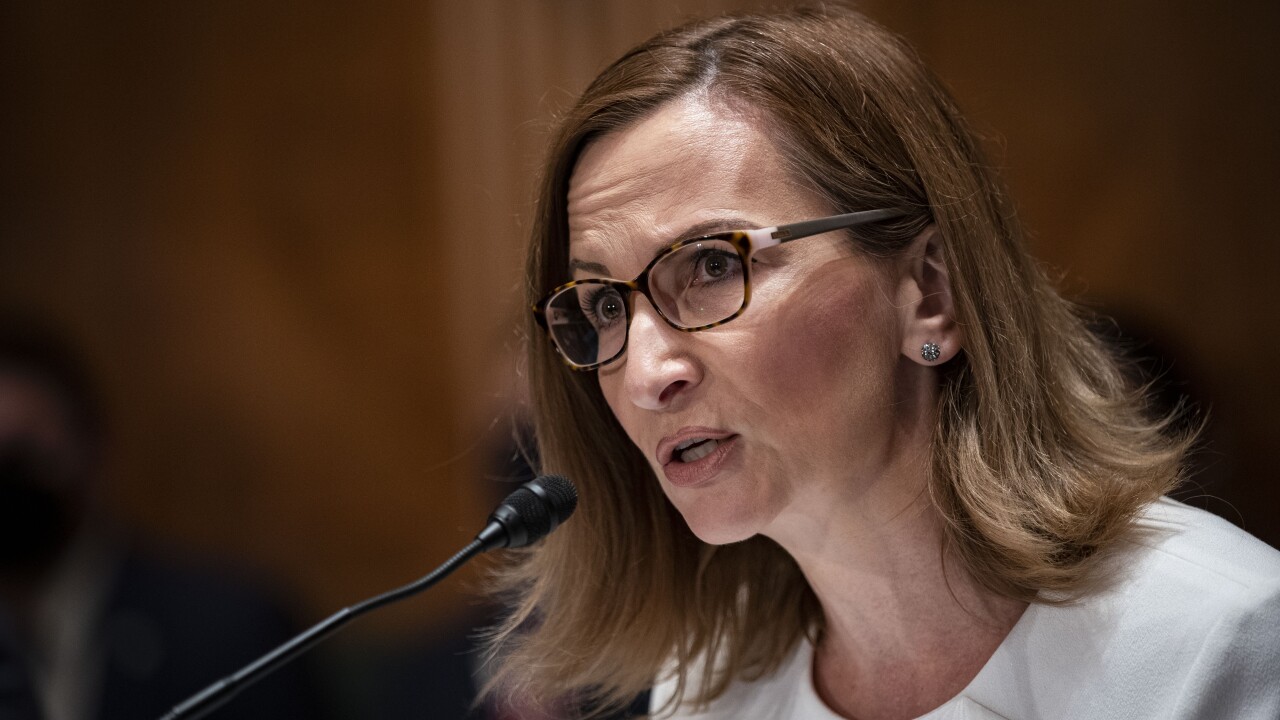-
Executives of PacWest had become frustrated with the shortcomings of traditional, deposit-heavy banks when seeking M&A targets. They reached instead for the prospect of loan growth provided by commercial financier CapitalSource.
July 23 -
Little guys are getting a rare chance to feast at a big guy's expense. Small banks nationwide are eagerly buying dozens of branches from B of A, which must slim down. However, the buyers are at risk of gorging themselves.
December 28 -
They have spent the last few years building mass through acquisitions, but AmericanWest Bank and First PacTrust Bancorp are now shedding the nonessential parts.
June 5 -
The strength of America's financial system is a result of the diversity of its players, but that diversity wont survive if our nation continues down the path of one-size-fits-all regulatory reform.
August 28

Banks have steadily marched away from being all things to all people, and they are leaving tracks in M&A totals.
Many banks are sharpening their focus in the postcrisis operating environment by doubling down on niche services or shedding what no longer works. Nearly half of deal activity in the broader financial sector since 2011 involved divestitures, according to a new report from the Deloitte Center for Financial Services. That compares with 25.6% in the preceding decade, the global consulting firm says, citing Thomson Reuters data.
"For decades, many U.S. and global banks have been expanding their operations across geographies, business lines and customer groups," the report reads. "But the turmoil of the last few years has caused many banks to rethink this logic. Some firms have already begun to act."
The study's analysis is bent toward the largest banks, which are simplifying their organizations as part of the lessons learned from the 2008 financial meltdown, as well as in reaction to the onslaught of regulations that followed it.
"Higher capital requirements and more stringent risk-weighting rules have forced banks to make hard choices about where they compete," the report reads.
Deloitte highlights the specialization efforts of three large firms. It notes Citigroup's (NYSE: C) restructuring of its global network, including its exit from markets such as Turkey, Paraguay and Pakistan;
The authors were unavailable for comment on Monday. Still, other experts agreed that banks' quest for specialization through divestitures or acquisitions has been a major driver of M&A. Essentially, in the current low-rate and low-growth environment, banking has become a lot like a swap meet.
"For a while, we saw things like divestitures because banks were trying to survive. Now they are doing it as they look to figure out how they are going to prosper and to differentiate and overhaul their operations so that they can have a few business lines that they are really good at," says Terry Keating, a managing director at Amherst Partners, a financial advisory firm.
One of the most visible divestiture strategies has been
"The reality is that in a world flush with liquidity, selling the branches that don't have sizable deposits or are not profitable operations becomes a logical decision," says Jeff K. Davis, a managing director of the Financial Institutions Group at Mercer Capital.
Additionally,
However, focusing sometimes means finding a business niche, rather than a geographic one. PacWest's (PACW)
"Trying to seek an edge in general commercial lending? That is pretty hard," Keating says.





